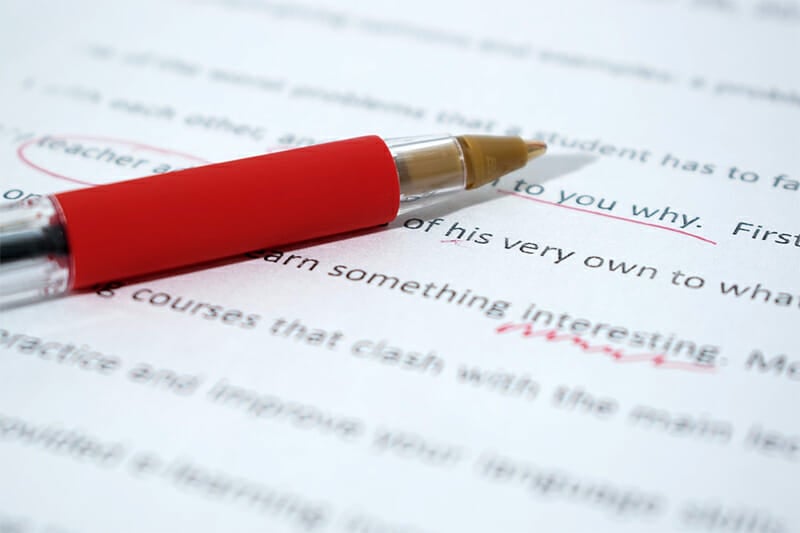
Let’s focus here on the need to proofread and the growing need for writers of all kinds to take a proofreading course to polish their work and eliminate costly mistakes.
The back story
First, a little history: Editing and proofreading in the old days was a process that relied on a basic principle. A fresh set of eyes looking at a written piece would bring an outside perspective to the writing. Writers, in other words, would be a poor choice for editing their own story for the simple reason that a fresh look at the writing was needed.
Today, that is often not the case. With the advent of the computer and the modern software options that go with it, publishers now expect writers to zip through their work with spell-check programs that can also assess the grammar in a piece and make the appropriate suggestions. This leads to the expectation that stories be handed in to editors letter-perfect.
That’s a lot to take on, especially for writers who know how to tell a story, but are not so proficient at spelling or basic rules of grammar.
Don’t be alarmed if someone advises you to take an online proofreading course, even if you have been writing professionally for years. Some of our greatest writers were sloppy technicians. Novelist Ernest Hemingway was a famously poor speller and so technically clumsy at his craft that it has been said – as blasphemous as it sounds – that we probably wouldn’t even know his name today if it weren’t for the declaration of his editors.
Could proofreading change your life?
Here are a few places where honing your editorial skills with a home study proofreading course or through long distance learning could change the course of your life:
1. On a resume or cover letter.
Small mistakes may be blown way out of proportion on a resume or a cover letter, but are you willing to take the chance? How many applicants are not considered, when their cover letter signs off with “Sincerly” instead of “Sincerely”?
2. On a technical piece of writing.
You probably know the frustration of trying to follow poorly written instructions when trying to assemble a swing set for your children or maybe something far more critical.
3. Signs, headlines and name tags.
Isn’t it uncanny how many spelling mistakes are made on signs or in headlines and name tags?
The reason is simple: Even those who proofread letters and articles forget to stop and proofread things they don’t write as often. They don’t even consider the idea that they may have made a ten-foot high lawn sign asking people to “Vote Jim Baldwin For Mayer”.
What you could lose
Yes, mistakes pop up everywhere in writing and reflect poorly on the writer and the organisation promoting that article. Here’s what you lose:
Your credibility.
- The reader’s trust in the writer or the organisation.
- The reader’s respect for your expertise in the subject.
- A customer’s belief in your company’s brand.
You might even lose a customer or a sale based on the poor quality of your presentation.
You could even lose a case in court. Recently, in a labour dispute in the state of Maine in the United States, a judge sided with the workers – drivers of dairy products – who argued that the lack of an Oxford comma in the right place made the contract too ambiguous. In the ruling, which granted the driver’s overtime pay, the judge wrote: “For want of a comma, we have this case.”
See our proofreading courses


